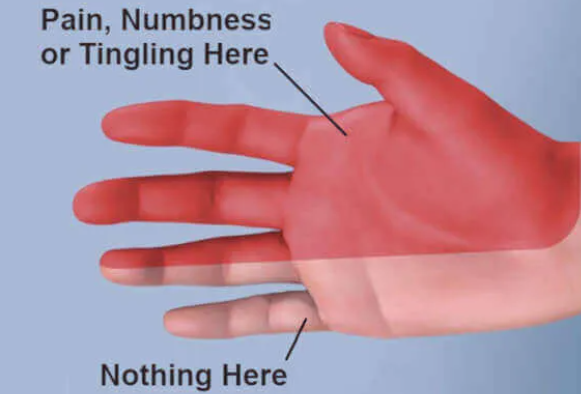Introduction: When Fame Meets Physical Struggles
Behind the bright lights, chart-topping albums, and global success, even the biggest stars carry invisible battles. Recently, music icon Adele opened up about an unexpected and deeply personal challenge — living with chronic back pain. Her story is a powerful reminder that pain knows no fame, status, or stage.
Adele’s Candid Revelation: Breaking The Silence On Chronic Pain
A Star Who Appears Strong But Battles Quietly
Adele, known for her powerhouse vocals and emotional songs, shared that she has been dealing with chronic back pain for years. This came as a surprise to many fans who only see her dazzling performances and radiant stage presence.
Yet behind that voice is a woman who wakes up with stiffness, moves carefully, and sometimes struggles just to stand comfortably.
The Silent Nature of Chronic Back Pain
What Chronic Back Pain Really Feels Like
Chronic back pain is not just about an occasional ache. It lingers. It drains energy. It limits movement. It interrupts sleep. And for Adele, like many others, it affects her daily life in ways that most fans would never imagine.
She described feeling sudden twinges, tightness in her back, and moments of discomfort that could appear without warning.
The Emotional Toll Of Living With Persistent Pain
More Than Just Physical Discomfort
Adele’s openness shines a light not only on the physical challenges but also on the emotional burden of chronic back pain. Living with ongoing discomfort often brings frustration, sadness, and even anxiety. The constant need to manage pain can become mentally exhausting.
The Impact Of Chronic Back Pain On A Performer’s Life
Performing While Managing Pain
For someone like Adele, whose career depends on being present, energetic, and physically engaged on stage, chronic back pain presents unique obstacles. From standing for long periods to moving across the stage or traveling for tours, each task demands careful navigation.
This also means behind-the-scenes adjustments, therapy sessions, and moments of rest away from public view.
What Causes Chronic Back Pain?
Common Triggers and Challenges
While Adele has not detailed every medical aspect of her condition, common causes of chronic back pain include:
- Muscle strain
- Disc injuries
- Poor posture
- Stress and tension buildup
- Lifestyle factors or previous injuries
For performers, long hours of rehearsals, travel, and performance stress can contribute heavily.
Adele’s Approach To Managing Her Pain
Finding Balance Between Career And Health
Though she has not disclosed every treatment detail, Adele mentioned making lifestyle adjustments to help manage her pain. This includes focusing on core strength exercises, stretching routines, and mindful movement.
She also emphasized the importance of listening to her body, taking breaks when needed, and not pushing beyond her limits.
Why Adele’s Story Resonates With Millions
A Global Voice For Those Silently Suffering
Adele’s honesty matters because it breaks the stereotype that success means a pain-free life. Her story gives validation to millions who deal with chronic pain in silence — people who wake up every day to face their challenges without applause or headlines.
Lessons From Adele’s Journey
What We Can Learn From Her Openness
- Pain does not discriminate — it touches everyone, even global superstars
- Talking about pain reduces stigma and creates connection
- Managing health must always come before external expectations
- Self-compassion is essential in healing
Moving Forward: Hope Beyond The Pain
A Message To Others Living With Chronic Pain
If Adele can use her voice to share her struggle, then perhaps others can feel less alone in theirs. Chronic back pain may be a long journey, but with patience, care, and support, it does not have to silence dreams or limit joy.
Conclusion: Redefining Strength In The Spotlight
Adele’s revelation shows us that real strength lies not in hiding our struggles but in embracing them with courage. Chronic back pain is now a part of her story, but it does not define her artistry, passion, or soul.
She is proof that even in pain, grace and greatness can thrive.

Click Here to Visit the Store and find Much More….
For More Information Related to Fibromyalgia Visit below sites:
References:
Fibromyalgia Contact Us Directly
Click here to Contact us Directly on Inbox
Official Fibromyalgia Blogs
Click here to Get the latest Chronic illness Updates
Fibromyalgia Stores
